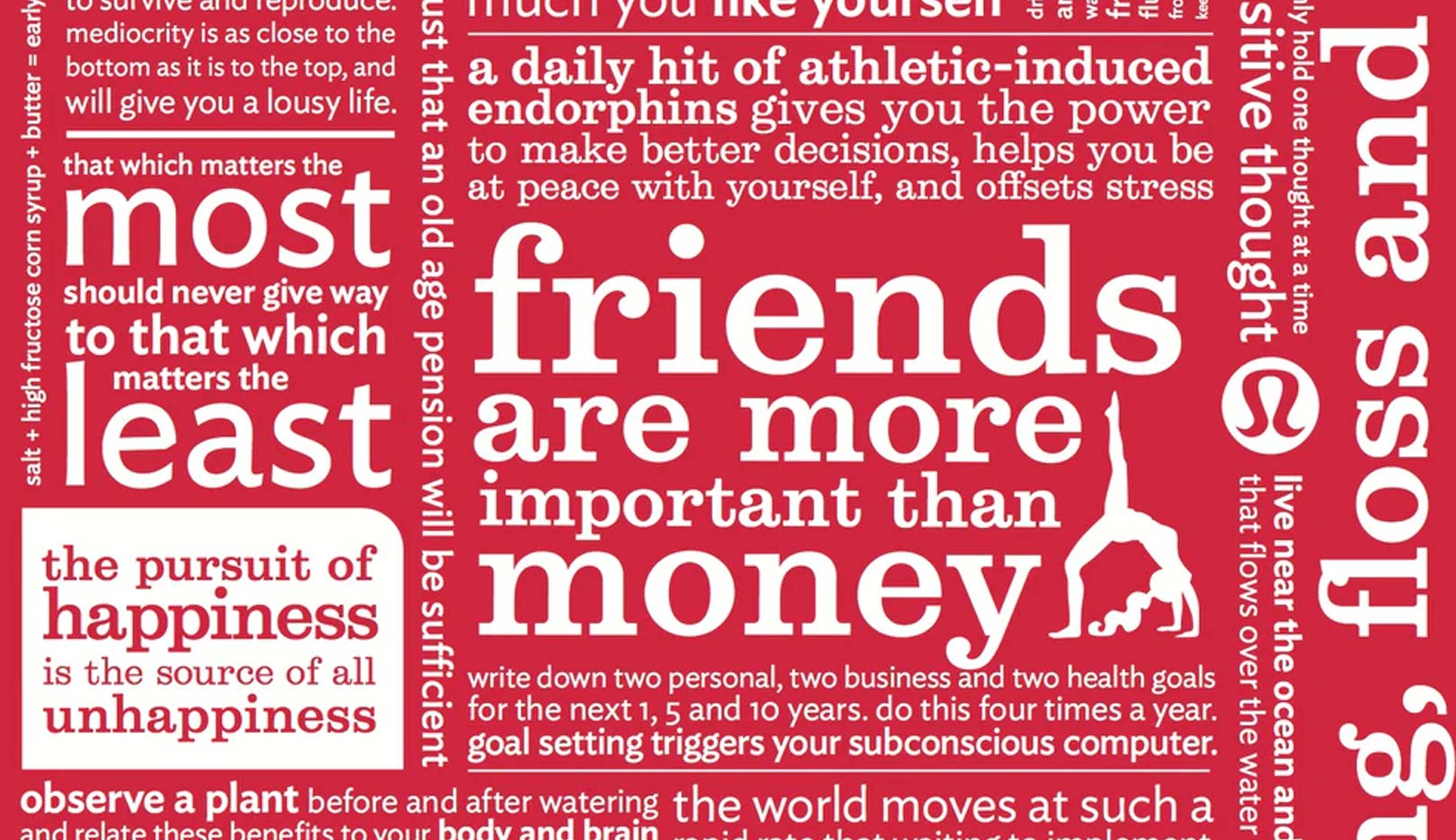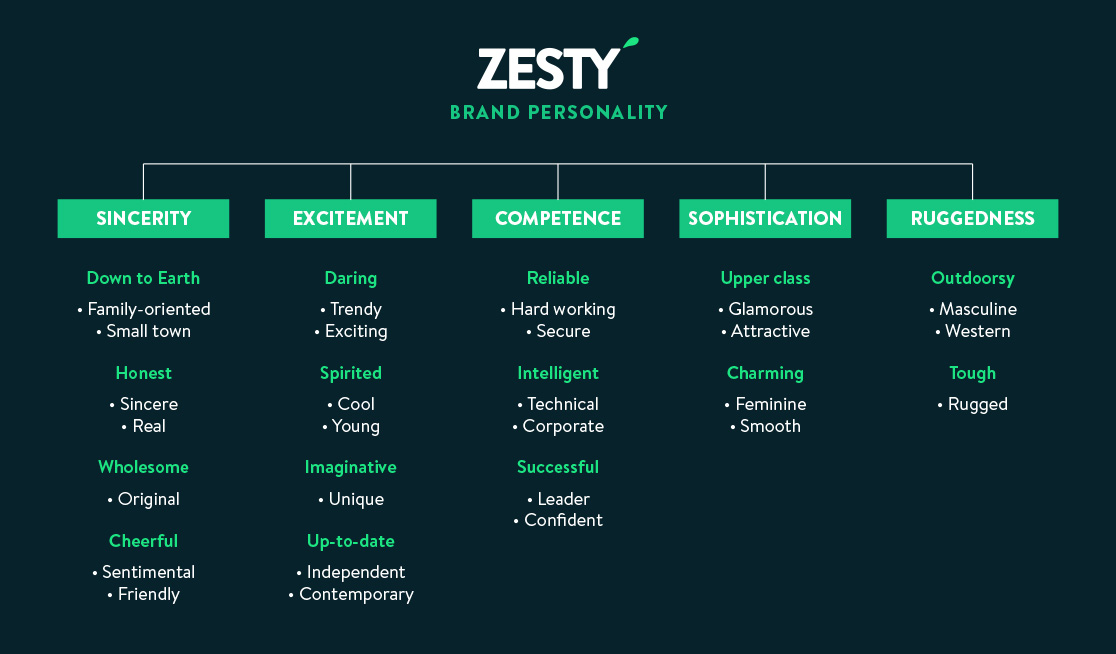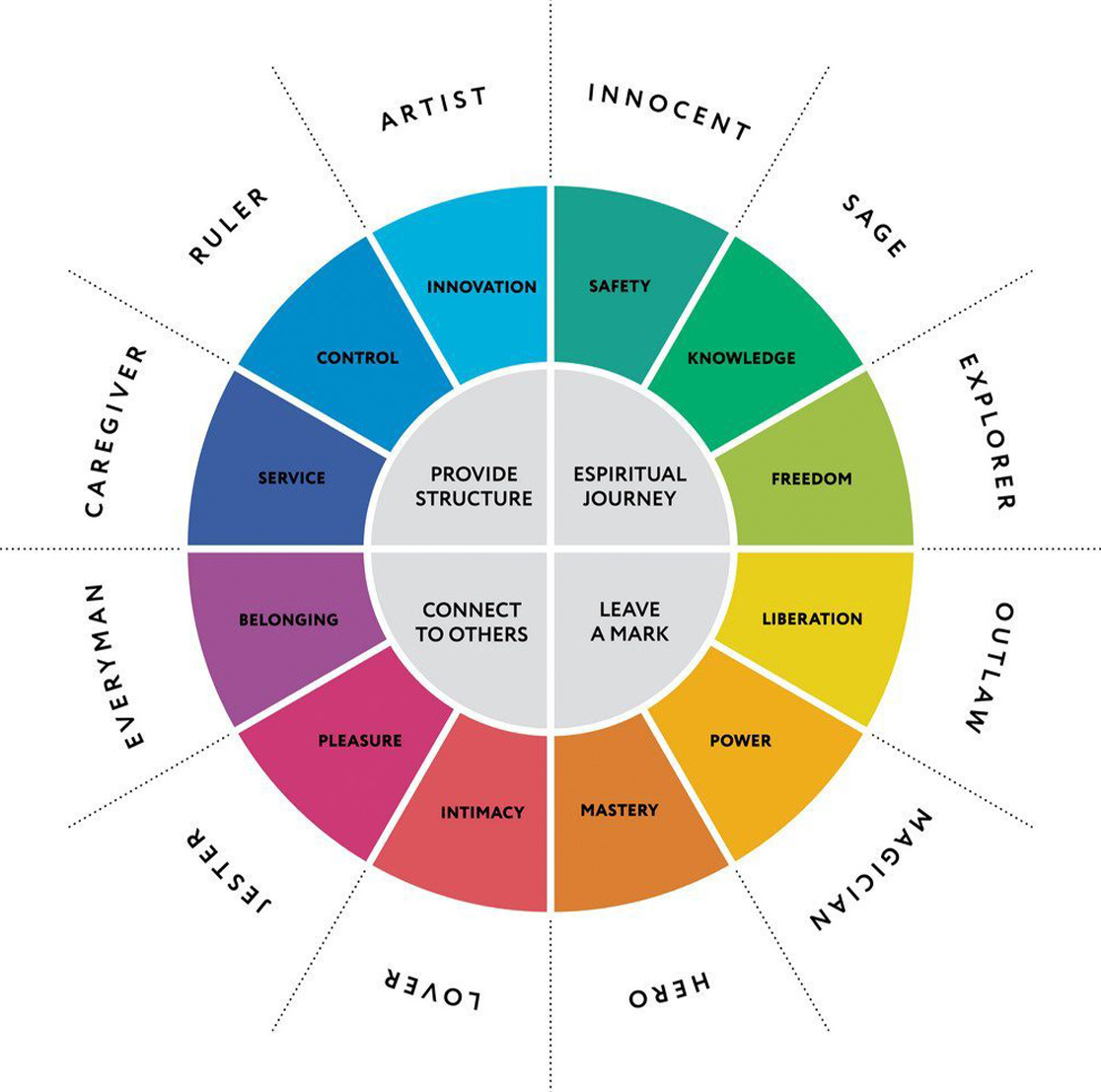Finding Your Brand Voice
Personality, Voice, and Tone
Engaging, relatable, and memorable brands are more than marketing tactic—they’re about telling a story and forming lasting connections.

Branding Beyond Design
As brand designers, we develop many aspects of the brand, from the strategic thinking that creates the big idea, to the brand visual graphics, colour strategy, typography and imagery. But there’s an aspect that many startups and designers overlook, and that is a brand’s voice.
People often say, “we need branding work,” and then they begin the conversation talking about colour schemes and logos—That’s a mistake. Your logo, your tagline, your colour scheme, your graphics are just the outward facing articulations of your brand’s purpose, promise, voice and personality.
Engaging, relatable, and memorable brands are more than marketing tactic—they’re about telling a story and forming lasting connections. Are you the kind of company that people want to chat with over a few pints? Or are you the one who people are continually inspired by? Perhaps you’re the one they look to for expert advice. Defining your voice will give you a powerful tool for connecting with your customers, but only if you know how to do it.
Your audience is constantly inundated with marketing messages these days, but if you can learn how to give them something that truly surprises or intrigues them, they will pause and really consider what you have to say. They might smile, or laugh, or take a moment to think. Done right, that moment will stick with them, and they might even share it with someone else—because we all love a good story.
People buy from people they like, know, and trust based on a relationship cultivated over time, they don’t want a robotic, one-sided, copy-and-paste relationship.
Finding your brand voice
Behavioural psychologist and Stanford professor Jennifer Aaker designed a framework that posits there are five dimensions to one’s personality, and each contains a set of facets. Each facet contains a set of traits.
To apply these to a brand, you rank the traits on a scale of one to five, with one being the least representative of your brand and five being the most. The Five Dimensions Framework can be used to compose the personality of a new brand or to articulate a brand’s current state (defined by customer perception and attitudes) and future state (defined by desired perception).

Another method is using Carl Jung’ 12 archetypes. His theory was that the identities are derived from our most primitive instincts and collective unconscious, forming the foundation of who we are and what stories we tell and surface in our culture. We tend to have one dominant personality, but often we’ll have a back-up as well.

—
For brand strategy services, send a message to our Vancouver Branding Studio




